Unless it is right from the nature, which needs no label (kind of funny to imagine labeling spinach with ‘contains spinach’). Every processed food has label. This friendly little letter will help us to get the sign of gluten. As it is in Korean, it would be hard for non-Korean speakers. However, rules are simple. Let me show you with an example.
Look for the sign saying ‘함유’. 함유 means containing. It will usually end up with the word 함유. ~~함유. It is mostly placed below the ingredient list. What we have to look for is wheat, barley, and rye. In Korean it is 밀, 보리, 호밀. So for example, if the product contains wheat, it will say ‘밀 함유’ It is mostly written with different background color. There is a Korean saying that seeing once is better than questioning 100 times. So let me show you an example.
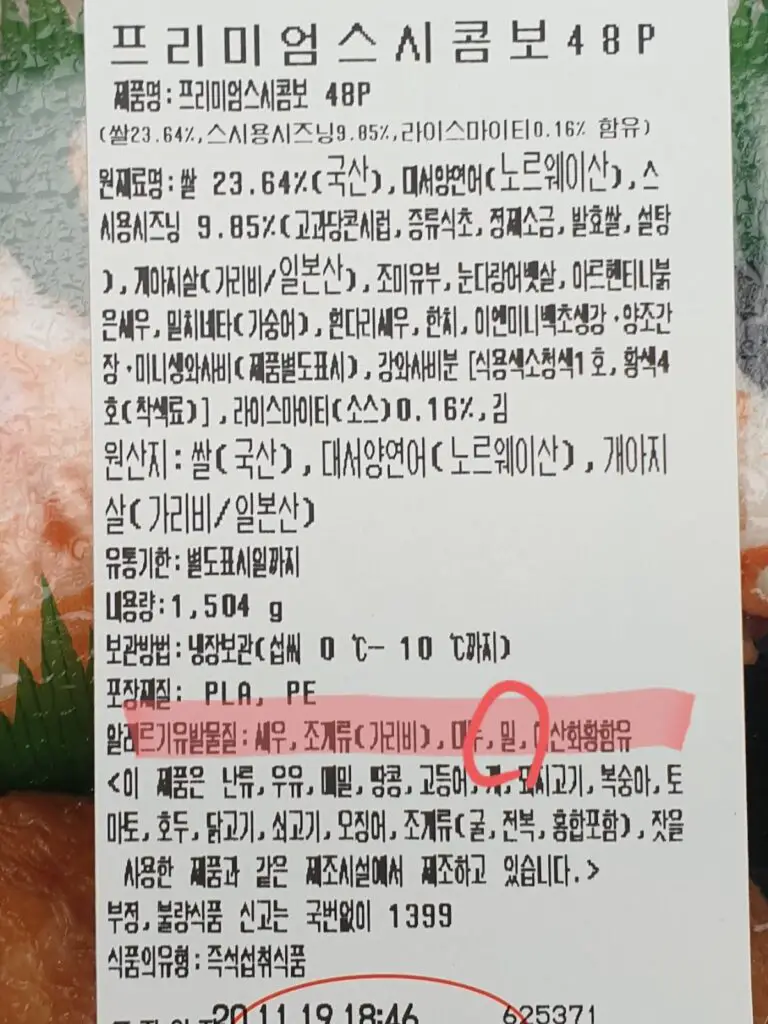
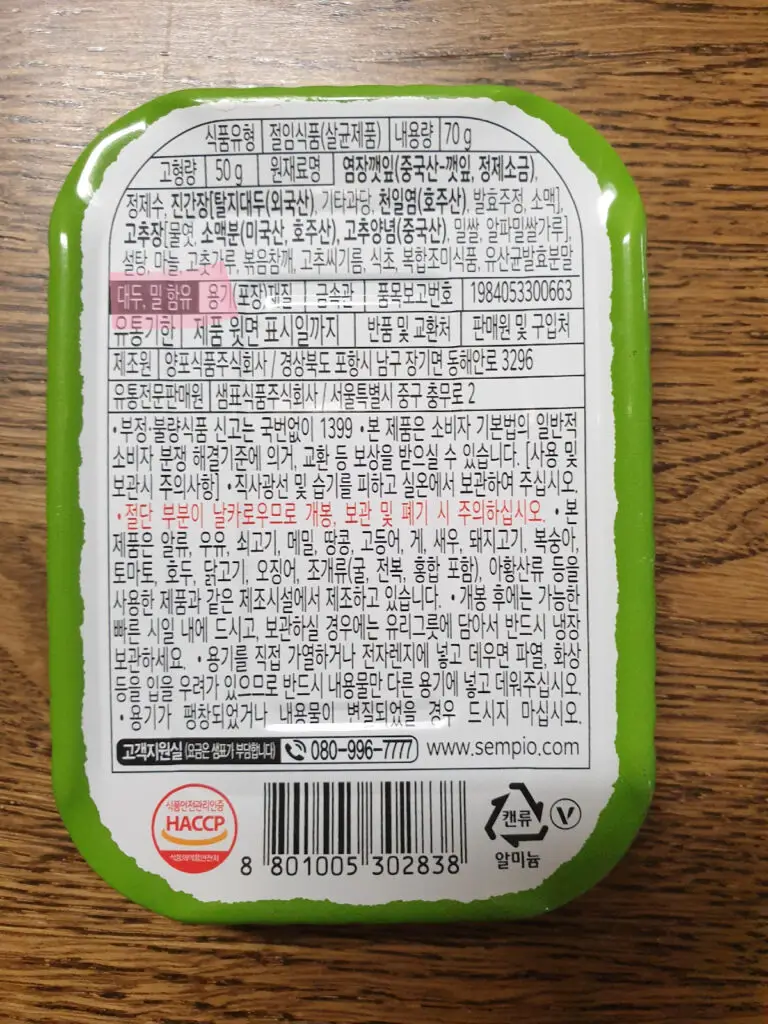
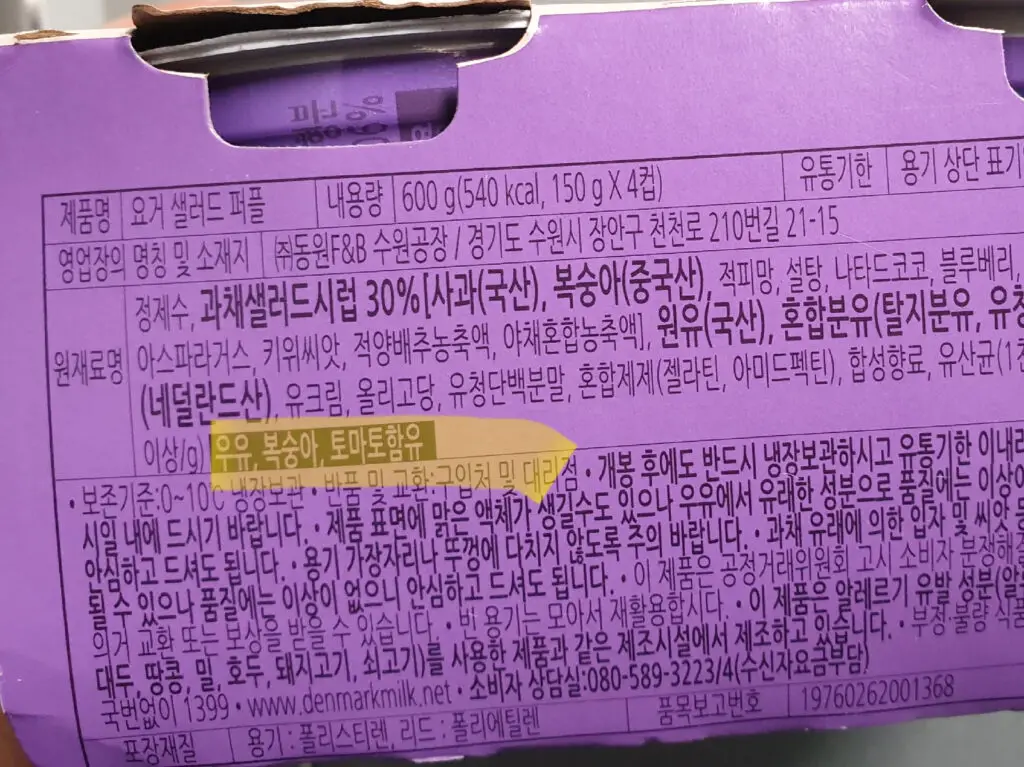
Does the last picture(purple one) also contain gluten? No it was a trick!😛 It doesn’t contain any gluten.
I hope it’s now all set, however it is not done for coeliacs. There are some ingredient lists that doesn’t show any allergic information but still, contains gluten. You have to find it in an ingredient list. I know it sucks. Anyway, Look for the 변성전분(modified starch), 유화제(emulsifier), 팽창제(leavening agent). This might have been derived from wheat.
Finally, check where it was manufactured from. 본 제품은 밀을 사용한 제품과 같은 제조시설에서 제조하고 있습니다. It means It was manufactured from facility that makes product made with wheat. For serious coeliacs, you might want to check this too.
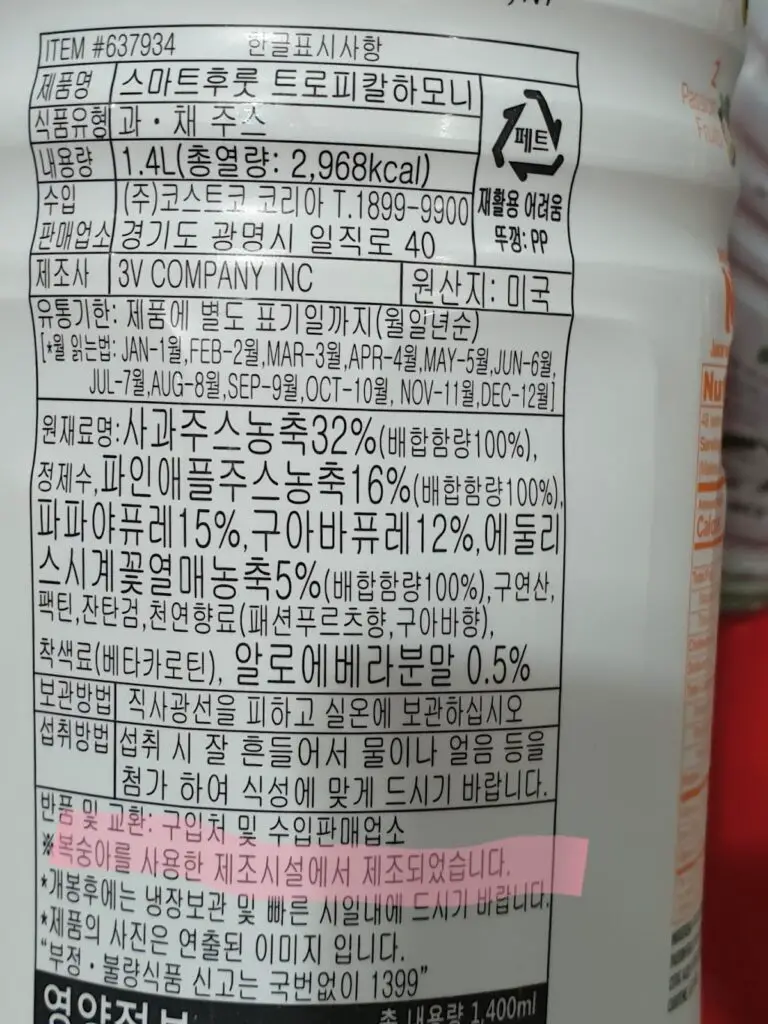
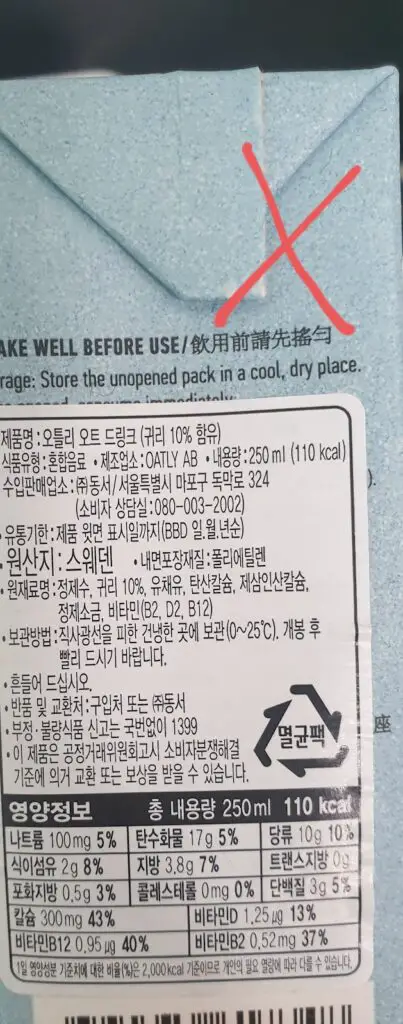
You might encounter food with no quotes I explained. The picture above is a ingredient label from oatly, which is free from all allergies! All safe!
Hope this article was helpful for you! An-nyeong(안녕!)
